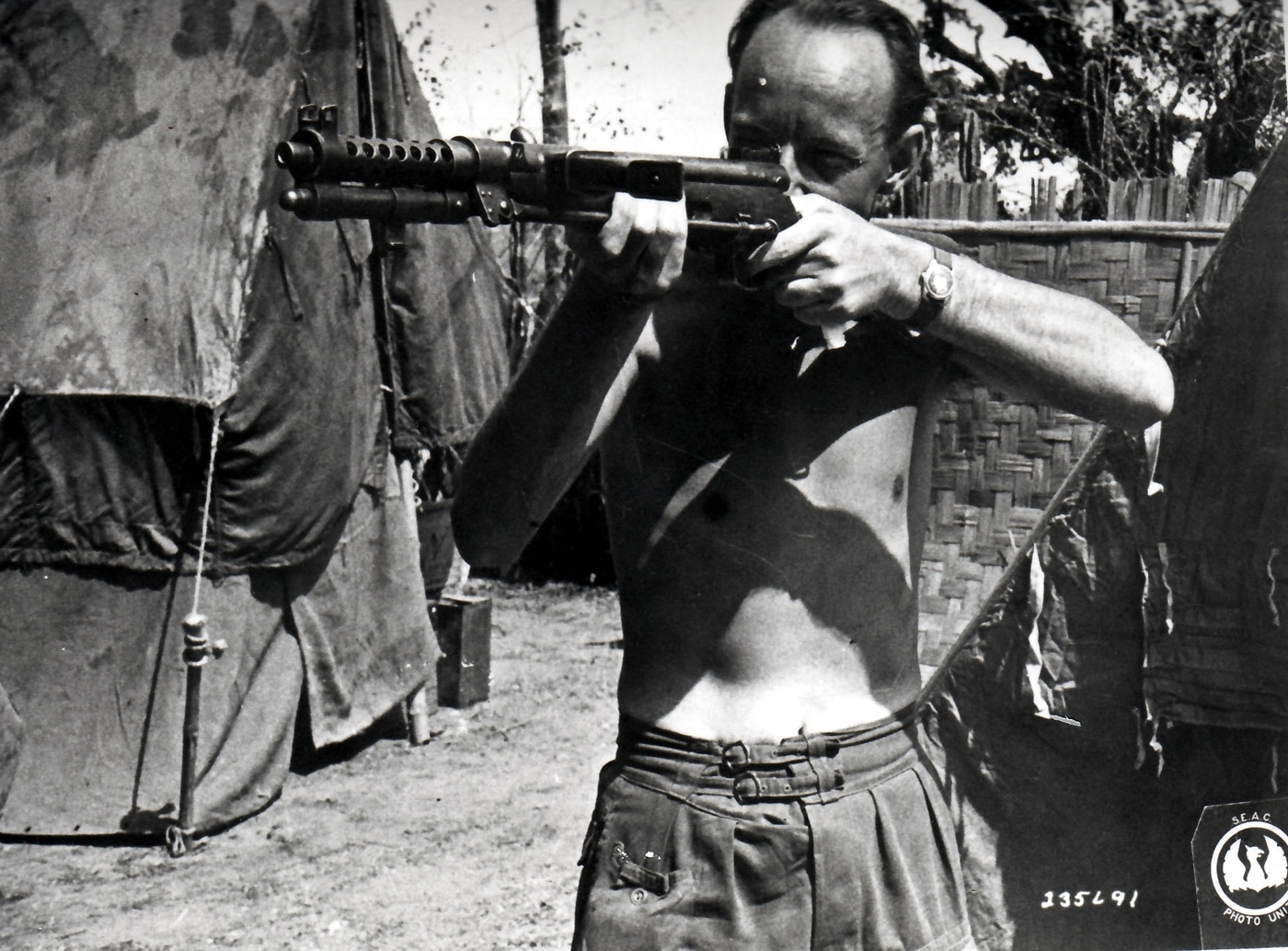The Japanese military, during the 1930s and well into World War II, showed little interest in submachine guns (SMGs). The development of a home-grown SMG gained momentum only in 1944 with the Type 100, an adaptation from European designs. However, it was deemed too late to effectively compete with the firepower of their opponents. Prior to that, the Japanese military had utilized various imported SMGs like the .45 caliber Thompson and the German MP 34, but in limited quantities.

Despite the late production of the Type 100, developments were not aggressive, thus leaving the Japanese far behind in terms of short-range firepower during crucial battles. The Type 100 was a simple blowback design, firing from an open bolt, and was chambered for the less effective 8x22mm Nambu pistol cartridge. Moreover, the Japanese SMGs, although later modified in 1944 to the Type 100/44, had very limited production, producing only about 10,000 units in total.
Read more about the details of this SMG development in the original article, Japanese Type 100 Submachine Gun — Too Few and Too Late.
```
No comments:
Post a Comment